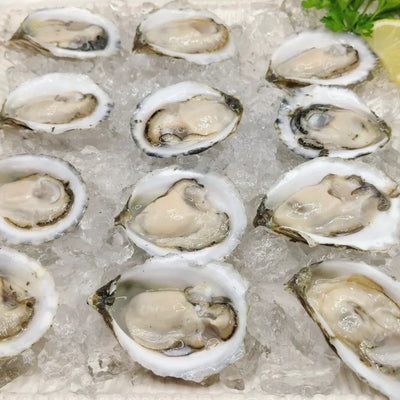Why Do Oysters Have Different Flavors?
For first-timers, an oyster’s texture is usually the one thing on their mind when it comes to tasting these ocean treats. Depending on how they’re prepared, oysters can be described as slippery, slimy, or even crunchy. This culinary experience goes beyond consistency, however, as even raw oysters have varying tastes. Learn more about the factors that contribute to their diverse flavor profiles.
Location, Location, Location
The unique flavor of an oyster has a lot to do with where it was caught. The salinity levels in seawater are significant contributors to an oyster’s saltiness since these delicacies double as yummy appetizers and effective water filters. A fresh catch of Maine bivalves will invite a rush of salt to the tongue, often reminding dinner guests of a long beach day spent in the water. To bring out their salty taste, bubbly, acidic drinks are a great pairing with oysters.
Food Sources
You are what you eat, in the oyster’s case. Since oysters are sourced from many different regions throughout the country, their ecosystems provide a variety of food sources. An oyster’s diet can impact whether they taste sweet, salty, or briny.
Temperature
Ice-cold temperatures don’t only keep oysters fresh and prepared for a satisfying slurp—they can also add a crisp, sweet taste. From coast to coast, water temperatures vary greatly; this is why New England catches often boast a cleaner, sharper flavor. Oysters that originate from warmer waters like the Gulf often introduce hints of copper and have a meatier appearance.
Ready to try your hand at introducing these diverse flavors to your palate? Oysters XO offers quality oysters packed with rich flavor, shucked fresh for you in an interactive culinary experience. Contact us to delight guests at your next catered event.









